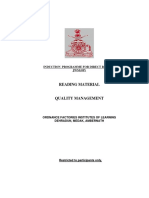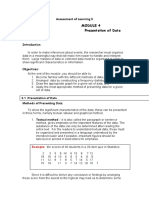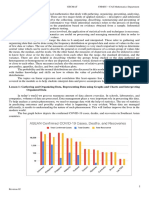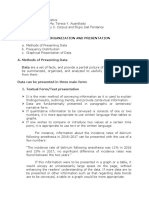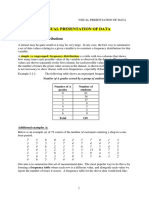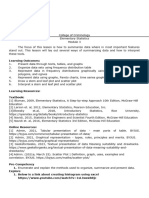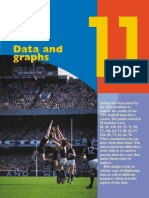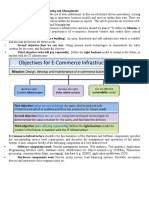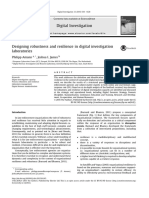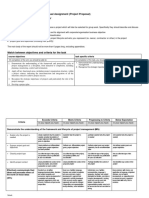0% found this document useful (0 votes)
8 views14 pagesCAF Unit 2
Unit II focuses on frequency distribution, teaching students to construct frequency tables, calculate percentages, and rank values. It covers the definition of key terms and methods for presenting data, including narrative, tabular, and graphical forms. The unit also emphasizes the use of Microsoft Excel for data representation.
Uploaded by
Erica Faye Almazar AsaCopyright
© © All Rights Reserved
We take content rights seriously. If you suspect this is your content, claim it here.
Available Formats
Download as DOCX, PDF, TXT or read online on Scribd
0% found this document useful (0 votes)
8 views14 pagesCAF Unit 2
Unit II focuses on frequency distribution, teaching students to construct frequency tables, calculate percentages, and rank values. It covers the definition of key terms and methods for presenting data, including narrative, tabular, and graphical forms. The unit also emphasizes the use of Microsoft Excel for data representation.
Uploaded by
Erica Faye Almazar AsaCopyright
© © All Rights Reserved
We take content rights seriously. If you suspect this is your content, claim it here.
Available Formats
Download as DOCX, PDF, TXT or read online on Scribd
/ 14






